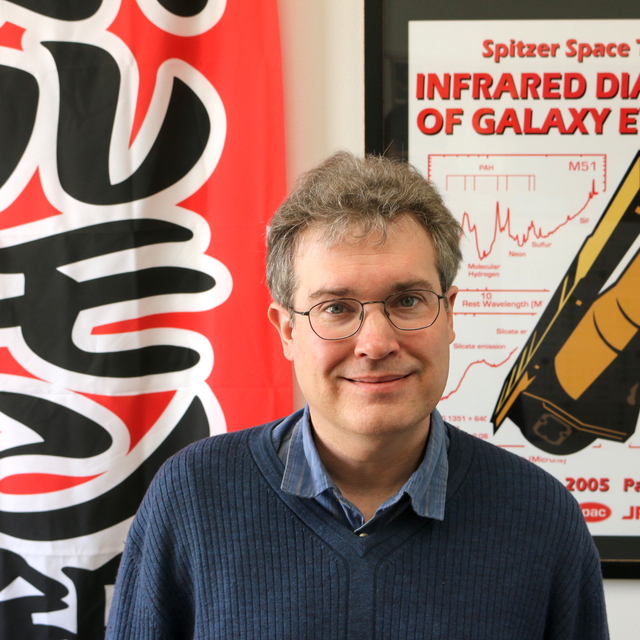
Searching for Intragroup Light in Deep U-band Imaging of the COSMOS Field
June 2023 • 2023PASP..135f4101M
Abstract • We present the results of deep, ground based U-band imaging with the Large Binocular Telescope of the Cosmic Evolution Survey field as part of the near-UV imaging program, UVCANDELS. We utilize a seeing sorted stacking method along with night-to-night relative transparency corrections to create optimal depth and optimal resolution mosaics in the U-band, which are capable of reaching point source magnitudes of AB~26.5 mag at 3σ. These ground-based mosaics bridge the wavelength gap between the Hubble Space Telescope WFC3 F275W and ACS F435W images and are necessary to understand galaxy assembly in the last 9-10 Gyr. We use the depth of these mosaics to search for the presence of U-band intragroup light (IGrL) beyond the local universe. Regardless of how groups are scaled and stacked, we do not detect any U-band IGrL to unprecedented U-band depths of ~29.1-29.6 mag arcsec-2, which corresponds to an IGrL fraction of ≲1% of the total group light. This stringent upper limit suggests that IGrL does not contribute significantly to the Extragalactic Background Light at short wavelengths. Furthermore, the lack of UV IGrL observed in these stacks suggests that the atomic gas observed in the intragroup medium is likely not dense enough to trigger star formation on large scales. Future studies may detect IGrL by creating similar stacks at longer wavelengths or by pre-selecting groups which are older and/or more dynamically evolved similar to past IGrL observations of compact groups and loose groups with signs of gravitational interactions.
Links



